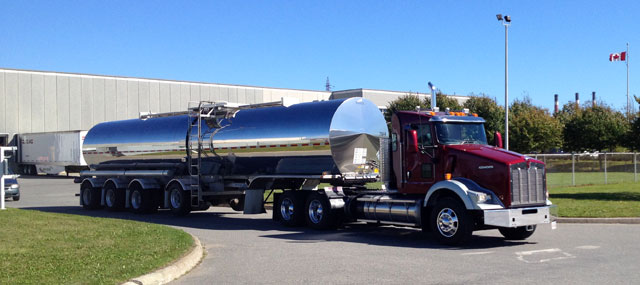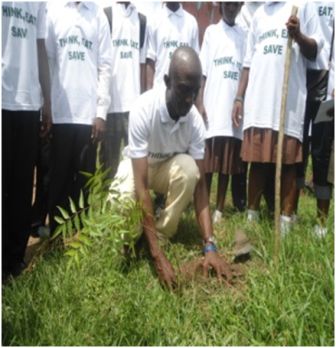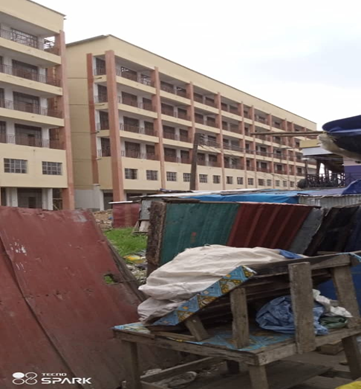Global Warming: Geoengineering Trucks and Climate Change Adaptation
Flood makes headlines – many times – every year for havoc it brings to individuals, communities, cities and nations. It affects developed and developing countries. It results, at varying magnitude, from natural and human activities. Floods can be harsh with impact lasting for several months. Control and management methods increasingly used, most times, fall short of preventing damage.
In recent months, climate change has been cited as responsible massive flooding experienced around the world. Climate change also, is ascribed to other anomaly in weather condition noticed around. Global warming, for which reason we have climate change, is internationally debated for agreement concerning control.
Flooding is severe for developing countries – where erosion ravages too. In sub-Saharan Africa and South-East Asia, there is crisis with these situations and recovery – most times – is minute, or never. There is a solution; a truck, about the size of the regular gas truck, having a system of electric steam boiler rather than the tank, to steam away floods, or erosion.
This is a fresh concept, with power to cut water amounts from any site within minutes. An electric steam boiler system will be attached to a truck. It will have an inlet, and outlet. The inlet will draw in water, into a distillation chamber of low pressure and mid-temperature.
Processed water after this stage would go into the immersion heating element chamber, to be transformed to steam, then to the outlet, into the atmosphere. The system will steam up to 20 liters of water – per minute – for a session of three hours, with efficiency of more than 90%.
Three to five trucks can be used at the same time, to hasten the objective and reduce damage. The electric steam boiler system will be powered by the new rechargeable systems used in electric cars, and will work independently of the vehicle engine. In future the electric system may power the vehicle and the boiler, but for more uptime and efficiency, all the available energy will go towards delivering steam.
Design of the truck, its features and impact on meteorology is a research report away. Details in the report will visit components, arrangement, scale, usability, control, environmental impacts and advantages. The trucks will be preferably used in daylight, when steam can easily mix with air, and not ‘immediately’ affect ‘humidity’ or alter the weather.
Setting up the technology is not going to be rocket science, but work to be done, will lie mostly on its impact on the meteorology. This aspect makes the technology similar to Geoengineering. Geoengineering (or climate engineering) is the deliberate and large-scale intervention in the Earth’s climatic system with the aim of reducing global warming.
Geoengineering targets the root causes of global warming, but the truck targets results of climate change. Geoengineering can be categorized with mitigation of global warming-causing factors, but the truck technology aligns with climate change adaptation.
With some of the similarities and differences, the trucks can be called Geoengineering trucks, since it alters environment conditions, to foster normalcy. Geoengineering trucks hold enormous potential, they will be useful all over the world, and will benefit remote, urban and rural areas.
For Africa and South-East Asia, hope will rise for safety; for developed economies, focus will shift to this new area of flood control. There will be less risk, for people and properties, and this response, will add to emergency plan – everywhere. Trucks should go at wholesale, to counties, associations, groups, states, ministries, nations, organizations, foundations and corporations. Price will eventually be determined, but in the range of $20,000 – $30,000.
This means much for insurance firms, for the academe and those who have lost precious ones from floods and erosion. This technology can be ready by year-end, and should ship in 2014.
Stay with Sierra Express Media, for your trusted place in news!
© 2013, https:. All rights reserved.







